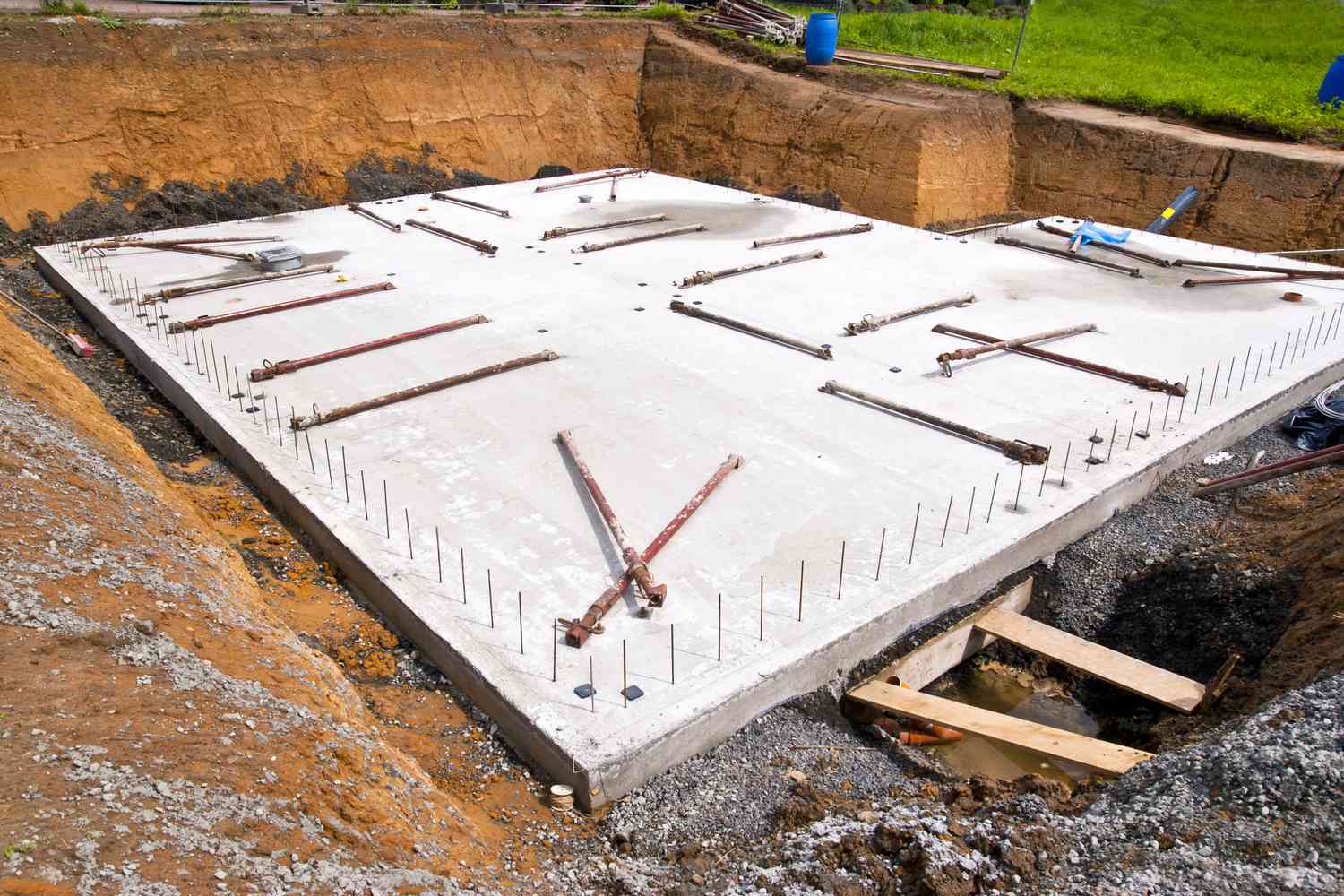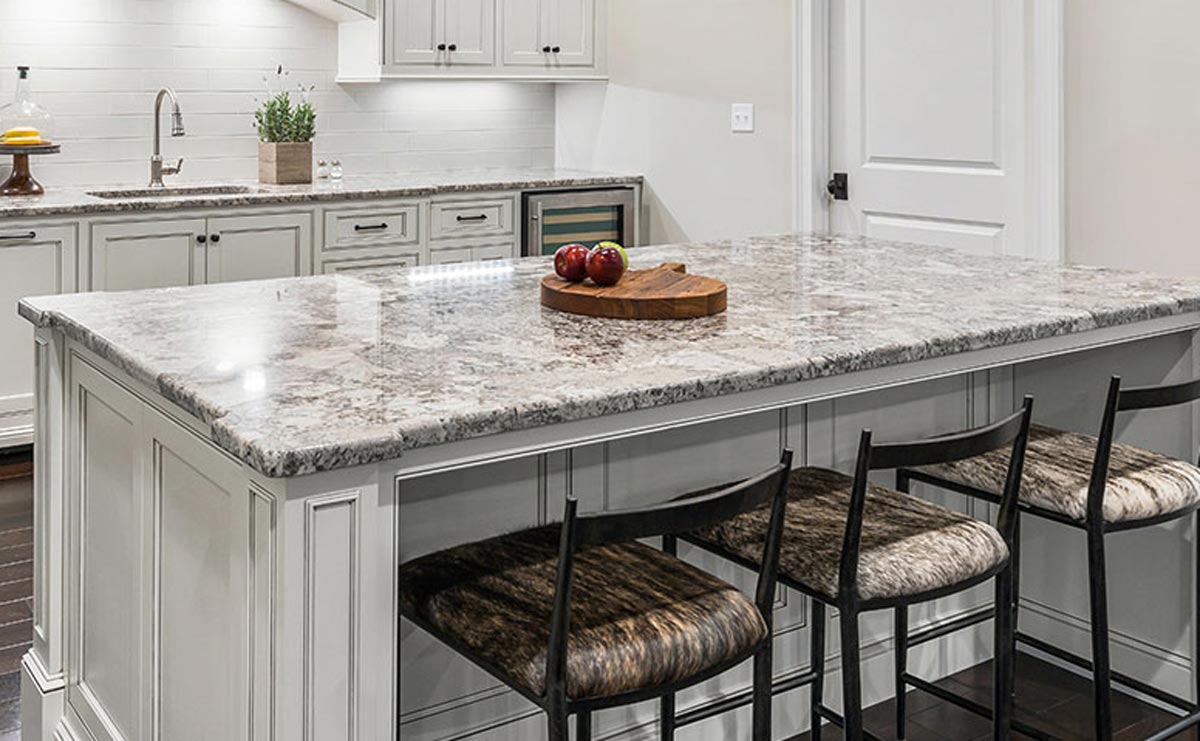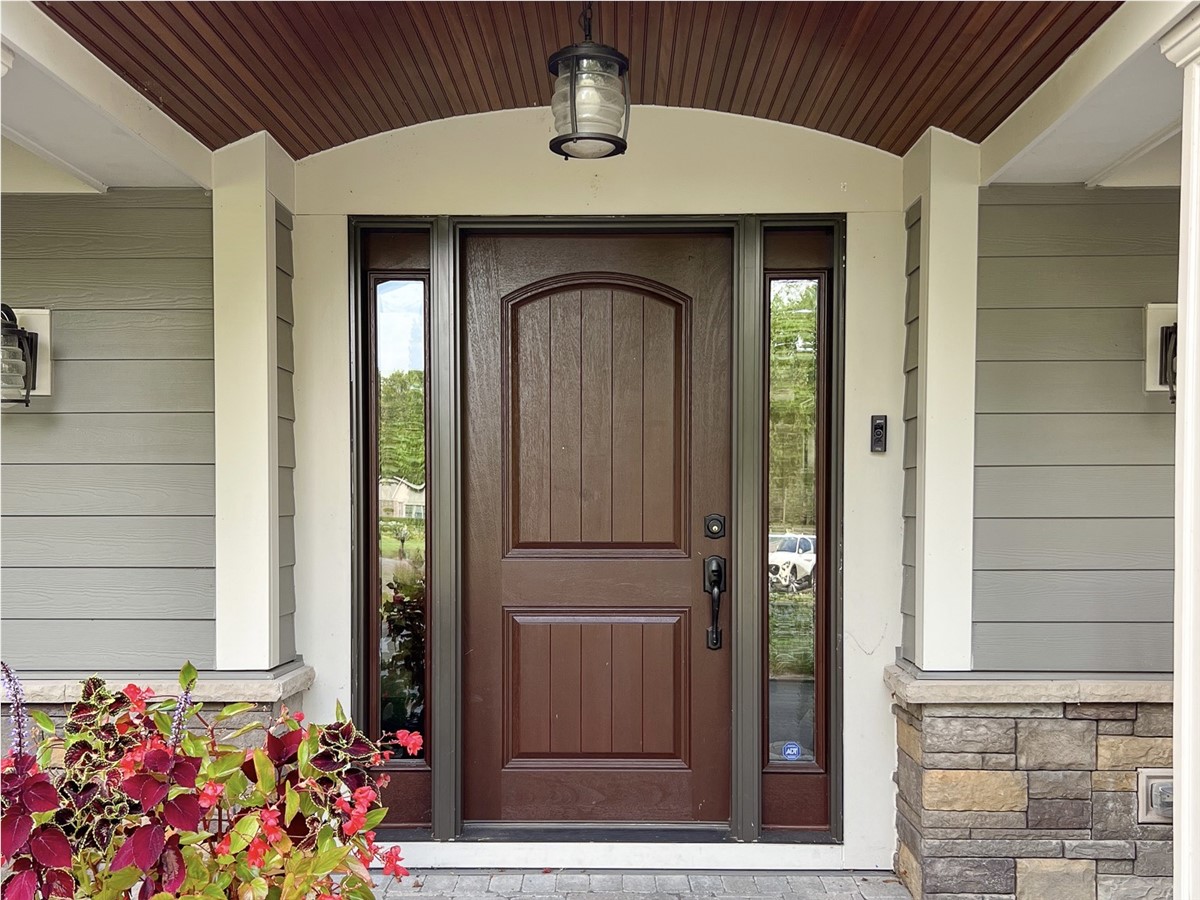The foundation of your home is its most essential structural element, playing a critical role in its overall stability, durability, and safety. While many homeowners focus on the aesthetic aspects of their build, such as flooring, finishes, and colors, the foundation is the unsung hero that ensures the integrity of the entire structure. A solid, well-designed foundation can safeguard your home from a variety of environmental challenges, enhance energy efficiency, and prevent costly repairs in the future. Below, we will explore the importance of making the right foundation choices when embarking on a home build.
1. Foundation Types and Their Benefits
There are several types of foundations to choose from, each with its own set of advantages and drawbacks. The right choice for your home will depend on factors such as soil conditions, climate, and budget. The three most common foundation types are slab, crawl space, and basement foundations.
- Slab Foundation: A slab foundation involves pouring concrete directly onto the ground, forming a solid base that supports the home. This type of foundation is often used in areas with stable soil and mild climates. It is cost-effective and simple to construct, making it a popular choice for many homeowners. However, slab foundations may not be ideal in areas prone to flooding or shifting soil.
- Crawl Space Foundation: A crawl space foundation elevates the home slightly above the ground, allowing for a small space between the soil and the underside of the home. This type of foundation is commonly used in regions with unstable soil or areas that are prone to flooding. It also offers easier access to plumbing and electrical systems for repairs and maintenance. However, crawl spaces can be prone to moisture buildup, which could lead to issues such as mold growth if not properly ventilated.
- Basement Foundation: Basement foundations are ideal for homes in regions with colder climates or areas where soil stability is a concern. This type of foundation provides additional living space, as the basement can be finished for use as storage, recreational space, or even additional bedrooms. It offers superior protection from flooding and soil shifts, but it tends to be more expensive to construct and may require specialized waterproofing measures.
2. Soil and Site Conditions
The type of soil and the general site conditions on which your home will be built play a crucial role in determining the right foundation choice. Poor soil conditions, such as clay or loose sand, may not provide the necessary support for a slab foundation. Clay, for example, can expand and contract depending on moisture levels, leading to cracks and shifting in the foundation over time.
Before making a decision on your foundation type, it is essential to have a soil test performed. A geotechnical engineer can assess the soil’s load-bearing capacity and provide recommendations on the best foundation system for your specific site. This will not only help you avoid potential structural issues in the future but also guide you in choosing a foundation that will maximize your home’s stability.
In areas with high water tables, groundwater drainage becomes a significant concern. Foundations built on such sites must be equipped with proper drainage systems, such as French drains or sump pumps, to prevent water accumulation. Failing to account for soil and water conditions can lead to costly repairs down the road, including foundation settling, cracking, or flooding.
3. Structural Integrity and Longevity
A well-constructed foundation ensures that your home remains stable and intact over time. The foundation is responsible for supporting the weight of the entire structure, including walls, roofs, and floors. If the foundation is compromised, it can lead to issues such as shifting walls, misaligned doors and windows, and uneven floors. These structural problems are not only aesthetically unappealing but can also be dangerous if left unaddressed.
Opting for a high-quality foundation that is tailored to your site’s specific needs is a crucial step in ensuring your home’s longevity. For instance, homes built in earthquake-prone areas may require reinforced foundations that can withstand seismic activity. Similarly, areas subject to frequent flooding may necessitate elevated foundations that provide protection against water damage.
Foundations made from durable materials, such as reinforced concrete or stone, tend to last longer and require less maintenance. While these materials may have a higher upfront cost, they can save you money in the long term by preventing issues that could arise with inferior foundation materials.
4. Impact on Energy Efficiency
The type of foundation you choose can significantly affect the energy efficiency of your home. Foundations that provide better insulation and moisture control can help maintain a consistent indoor temperature, reducing the need for excessive heating or cooling. For example, homes with basements or crawl spaces often have the advantage of natural insulation, as the earth surrounding the foundation helps moderate temperature fluctuations.
In contrast, slab foundations can sometimes lead to energy inefficiencies, particularly in colder climates, where the concrete can draw heat from the interior of the home. To mitigate this, homeowners with slab foundations may need to invest in additional insulation measures, such as radiant floor heating or high-quality insulation under the slab.
Additionally, foundation choices can influence the home’s ventilation system. Crawl spaces and basements can allow for better airflow, which can help prevent moisture buildup and the growth of mold. Ensuring that your foundation is designed with proper ventilation can improve indoor air quality and reduce the need for excessive energy use associated with humidity control.
5. Cost Considerations
Cost is an important factor when choosing a foundation, but it should not be the sole determining factor. Slab foundations tend to be the least expensive option due to their simplicity, but they may not be suitable for all sites or conditions. On the other hand, basement foundations are typically more expensive but provide additional living space, which can increase the home’s value.
Crawl space foundations fall somewhere in between, offering some of the benefits of both slab and basement foundations. They may require additional materials and labor for proper construction, but they can be more affordable than basement foundations while still providing useful space and protection from moisture.
When considering costs, it’s important to also think about long-term expenses, such as maintenance and repairs. Choosing a foundation that is suited to your site’s conditions can help prevent costly issues, such as water damage or foundation settling, that may arise if the wrong type of foundation is selected.
6. Working with Experts
Choosing the right foundation is a complex decision that should involve the expertise of professionals. Builders, engineers, and architects will be able to assess your site’s needs and guide you in making the best foundation choice. These professionals can also ensure that the foundation is properly engineered to withstand environmental challenges, such as earthquakes, flooding, or soil instability.
By working with experienced experts, you can avoid common mistakes that could compromise the safety and stability of your home. An expert will also ensure that the foundation is constructed according to local building codes and regulations, providing peace of mind that your home will be built to last.
7. Future Expansion
When choosing a foundation, it’s also essential to think about future expansion. If you plan to build additional rooms, floors, or features in the future, your foundation should be designed with this in mind. A foundation that allows for easy expansion will save you time and money if you choose to make modifications later on.
For example, a basement foundation offers the potential for expanding your living space without requiring a new foundation altogether. Similarly, crawl spaces can be easily extended or modified, depending on your future needs.
Conclusion
The foundation you choose for your home build will set the stage for its stability, safety, and long-term performance. By considering factors such as soil conditions, climate, energy efficiency, and cost, you can make an informed decision that ensures the durability and integrity of your home. Collaborating with professionals and taking the time to assess your site’s unique needs will help you choose a foundation that not only supports your home but enhances its overall value and longevity.















